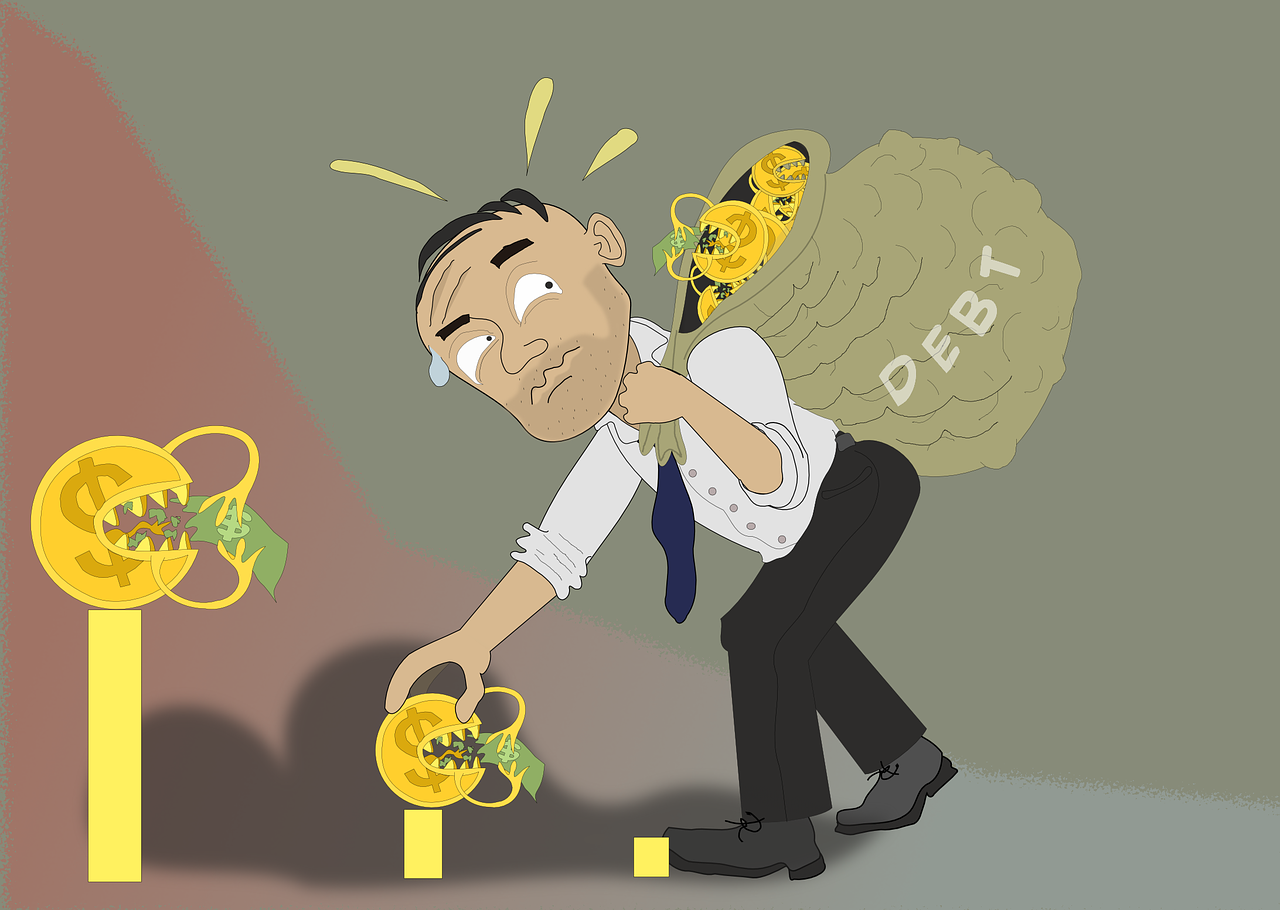Personal loans can be valuable financial tools for consolidating debt, funding home improvements, or covering unexpected expenses. However, many borrowers fall into common traps that can cost them thousands of dollars and damage their financial health. Understanding these personal loan mistakes before you apply can save you significant money and stress down the road.
1. Failing to Check and Improve Your Credit Score First
One of the most costly personal loan mistakes is applying for a loan without knowing where you stand credit-wise. Your credit score is the primary factor lenders use to determine your interest rate and loan terms. Even a difference of 50-100 points in your credit score can mean the difference between a 6% and 15% interest rate.
What you should do instead:
- Check your credit score through free services like Credit Karma, Experian, or your bank’s app
- Review your credit report for errors and dispute any inaccuracies
- If your score needs improvement, consider waiting 3-6 months while you pay down existing debt and make on-time payments
- A credit score above 700 typically qualifies you for the best personal loan rates
The time invested in improving your credit score can save you thousands over the life of your loan.
2. Not Shopping Around for the Best Rates and Terms
Among the most expensive personal loan mistakes is accepting the first loan offer you receive. Interest rates and fees can vary dramatically between lenders, sometimes by several percentage points. This difference can cost you hundreds or even thousands of dollars over the loan term.
How to avoid this mistake:
- Get quotes from at least 3-5 different lenders, including banks, credit unions, and online lenders
- Use prequalification tools that perform soft credit checks to compare rates without impacting your credit score
- Look beyond just the interest rate – compare APRs, which include fees
- Consider both traditional banks and newer online lenders, as online platforms often offer competitive rates
Credit unions, in particular, often offer lower rates to their members and may be more flexible with approval criteria.
3. Borrowing More Than You Actually Need
A common trap among personal loan mistakes is the temptation to borrow the maximum amount you’re approved for, rather than what you actually need. Lenders often approve borrowers for more than they initially request, but taking extra money “just in case” can be financially dangerous.
Why this is problematic:
- Higher loan amounts mean higher monthly payments
- You’ll pay more interest over the life of the loan
- It increases your debt-to-income ratio, which can affect future credit applications
- The extra money may be spent on non-essential items
The smarter approach:
- Calculate exactly how much you need before applying
- Stick to that amount even if approved for more
- Remember that you can always apply for another loan later if truly needed
- Consider whether you can cover part of your expense through savings instead
4. Overlooking Fees and Hidden Costs
Many borrowers focus solely on the interest rate and ignore the various fees that can significantly increase the total cost of their loan. This oversight ranks among the most expensive personal loan mistakes you can make.
Common fees to watch for:
- Origination fees: Typically 1-8% of the loan amount, deducted from your loan proceeds
- Prepayment penalties: Charges for paying off your loan early
- Late payment fees: Usually $25-40 per missed payment
- Administrative fees: Processing or application fees
- Check processing fees: If you choose to receive funds by check instead of direct deposit
Before signing any loan agreement:
- Read all terms and conditions carefully
- Ask for a complete breakdown of all potential fees
- Calculate the total cost of the loan, including all fees
- Compare the Annual Percentage Rate (APR) rather than just the interest rate
5. Missing Payments or Poor Payment Management
Perhaps the most damaging of all personal loan mistakes is failing to manage payments properly. Missing payments doesn’t just result in late fees – it can severely damage your credit score and create a cycle of financial problems.
The consequences of missed payments:
- Late fees (typically $25-40 per occurrence)
- Penalty interest rates that can be significantly higher
- Negative marks on your credit report that last for seven years
- Potential default, which can lead to collections or legal action
- Difficulty qualifying for future credit at favorable rates
Strategies to avoid payment problems:
- Set up automatic payments for at least the minimum amount due
- Choose a payment date that aligns with your paycheck schedule
- Set up calendar reminders or phone alerts
- Create a budget that prioritizes loan payments
- Contact your lender immediately if you’re experiencing financial hardship – many offer temporary payment modifications
How to Use Personal Loans Responsibly
Avoiding these personal loan mistakes is just the first step. To use personal loans responsibly:
Before applying:
- Ensure you have a clear purpose for the loan
- Calculate whether the monthly payment fits comfortably in your budget
- Consider alternatives like 0% APR credit cards for smaller amounts
- Make sure you’re borrowing for something that improves your financial situation
During the loan term:
- Make payments on time, every time
- Consider making extra payments toward principal when possible
- Avoid taking on additional debt while paying off the personal loan
- Monitor your credit score to see the positive impact of on-time payments
The Bottom Line
Personal loans can be excellent financial tools when used wisely, but avoiding these common personal loan mistakes is crucial for your financial success. By checking your credit score first, shopping around for the best rates, borrowing only what you need, understanding all fees, and managing payments responsibly, you can save thousands of dollars and protect your credit health.
Remember, the goal isn’t just to get approved for a personal loan – it’s to get the best possible terms and successfully pay it off without damaging your financial future. Take the time to research, compare options, and make informed decisions. Your wallet will thank you in the long run.


